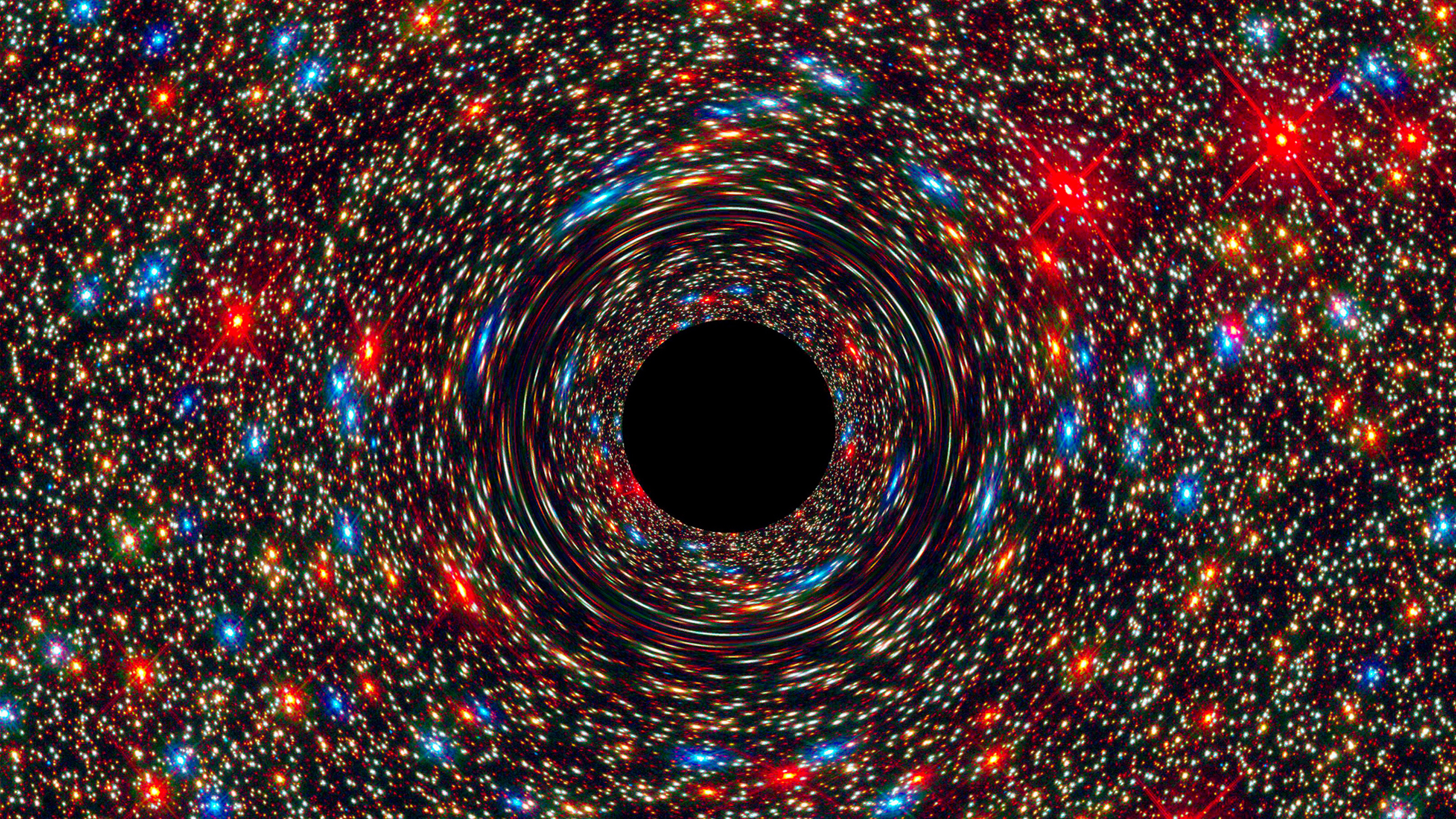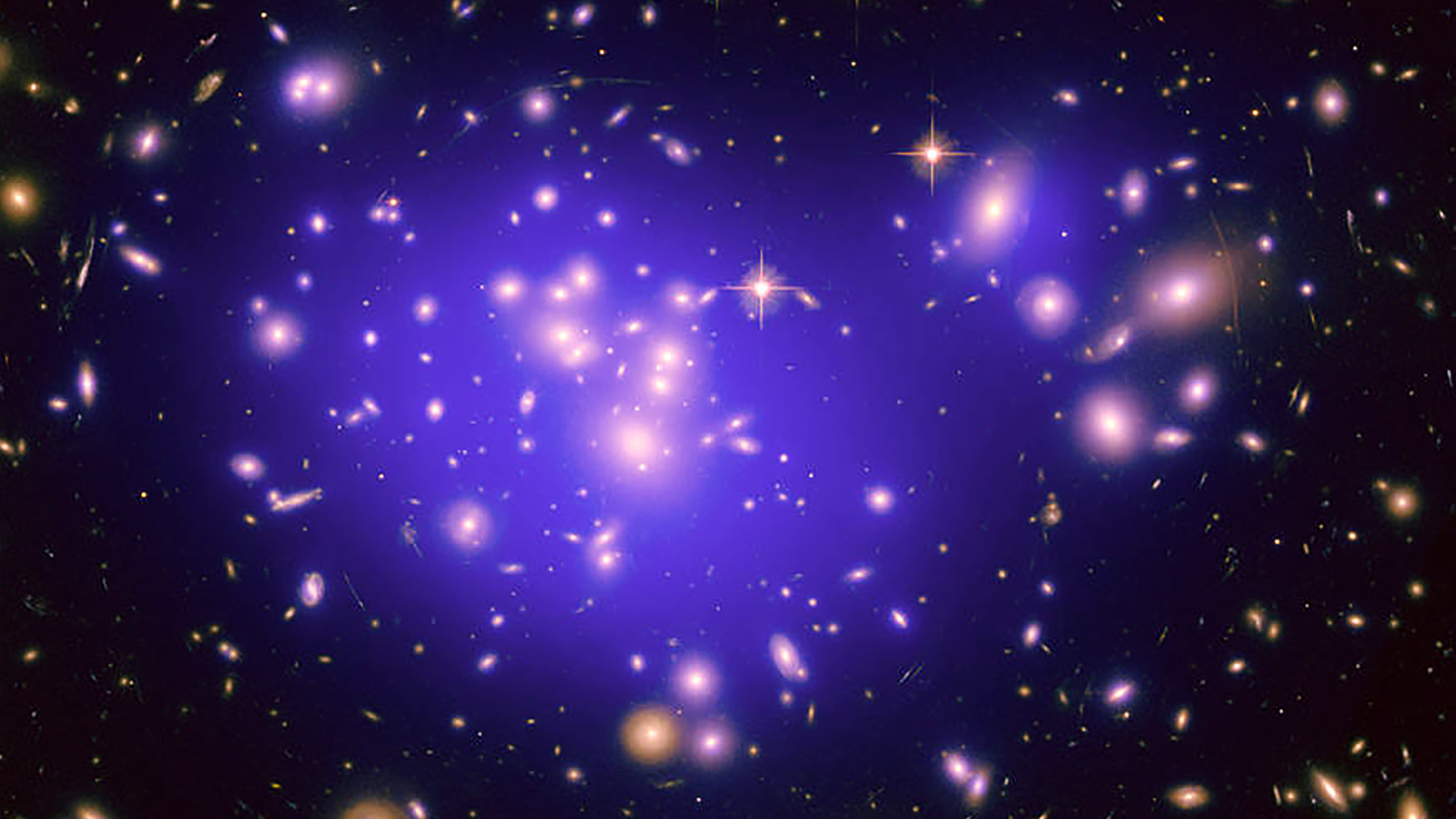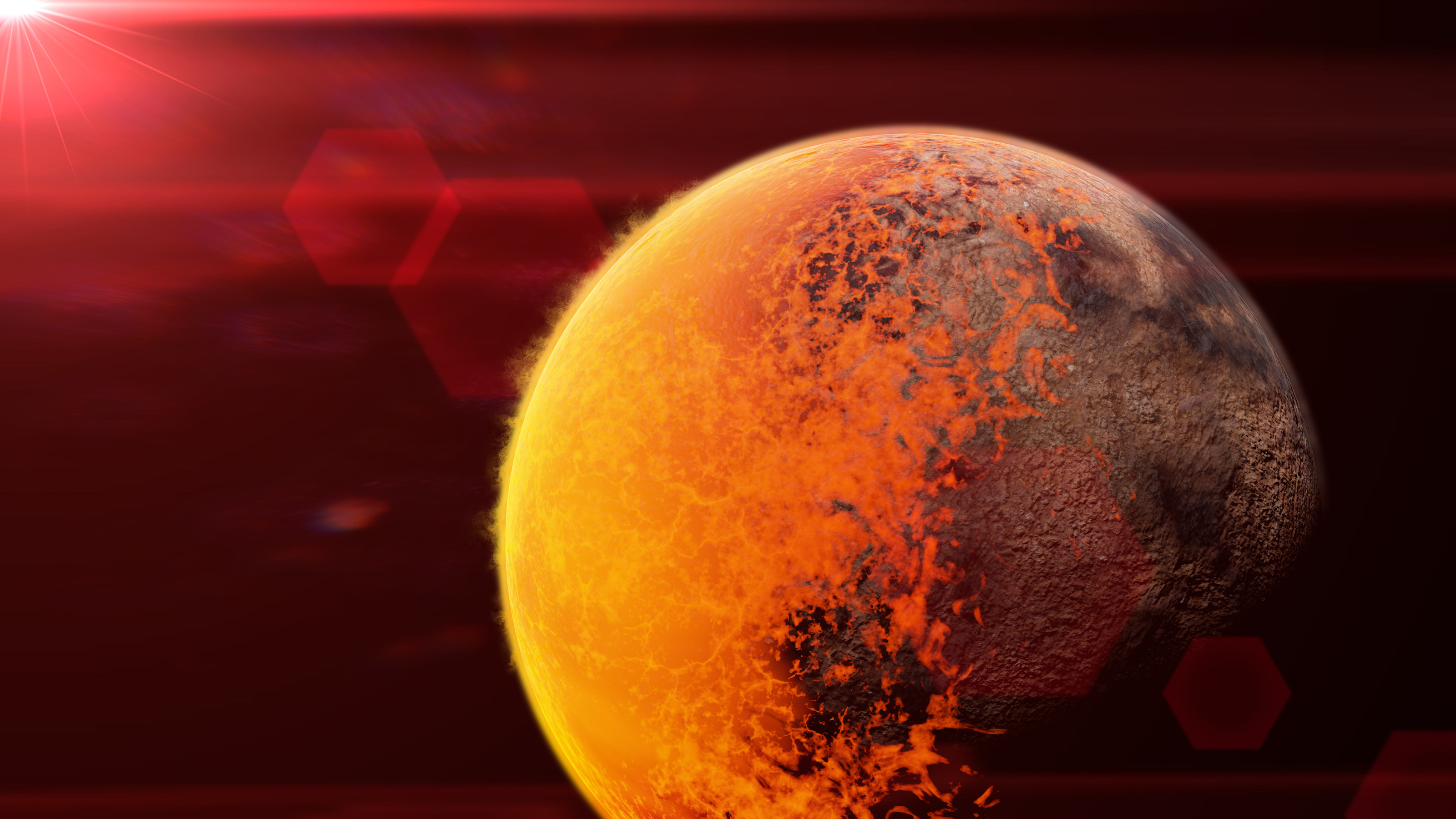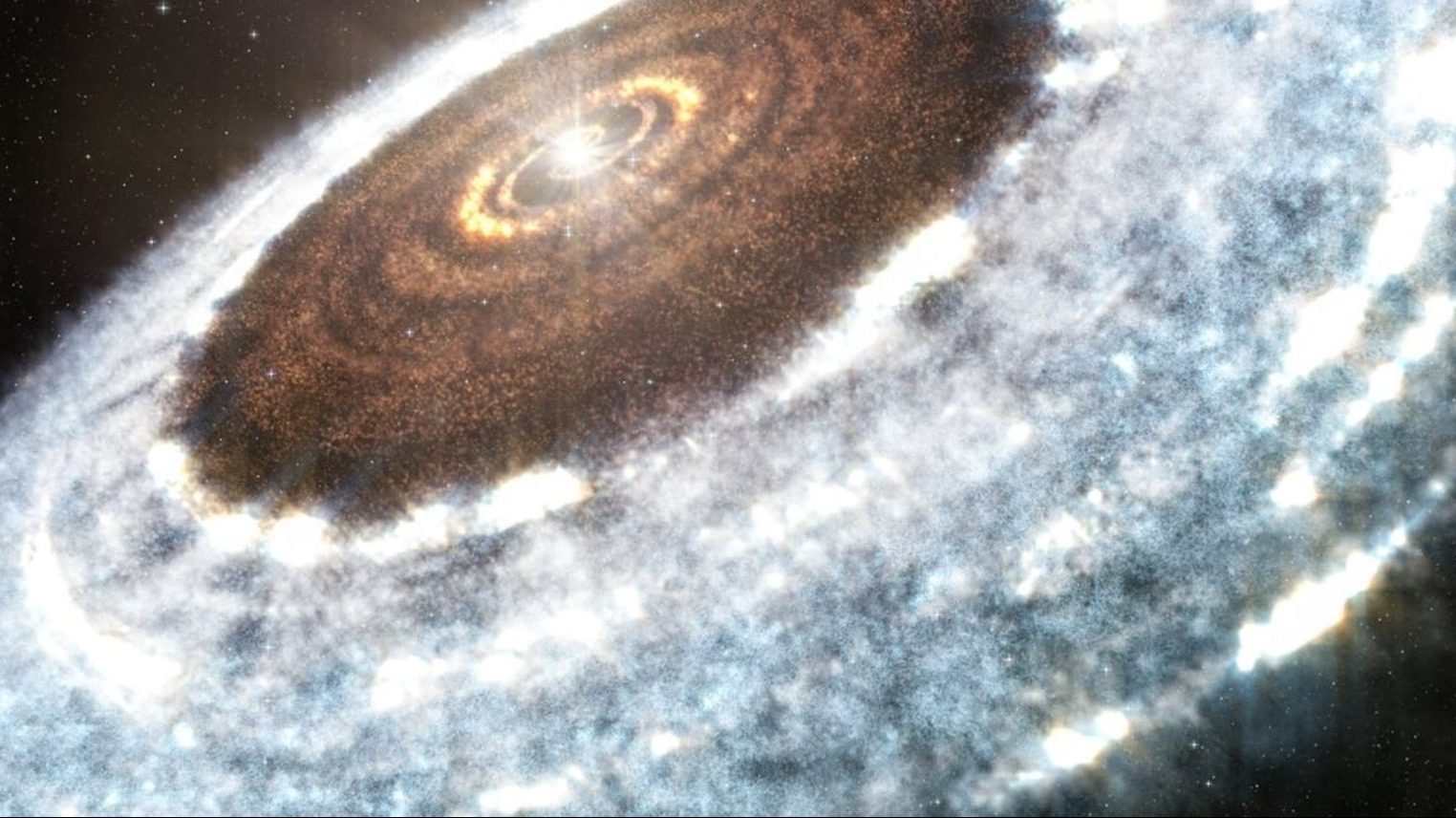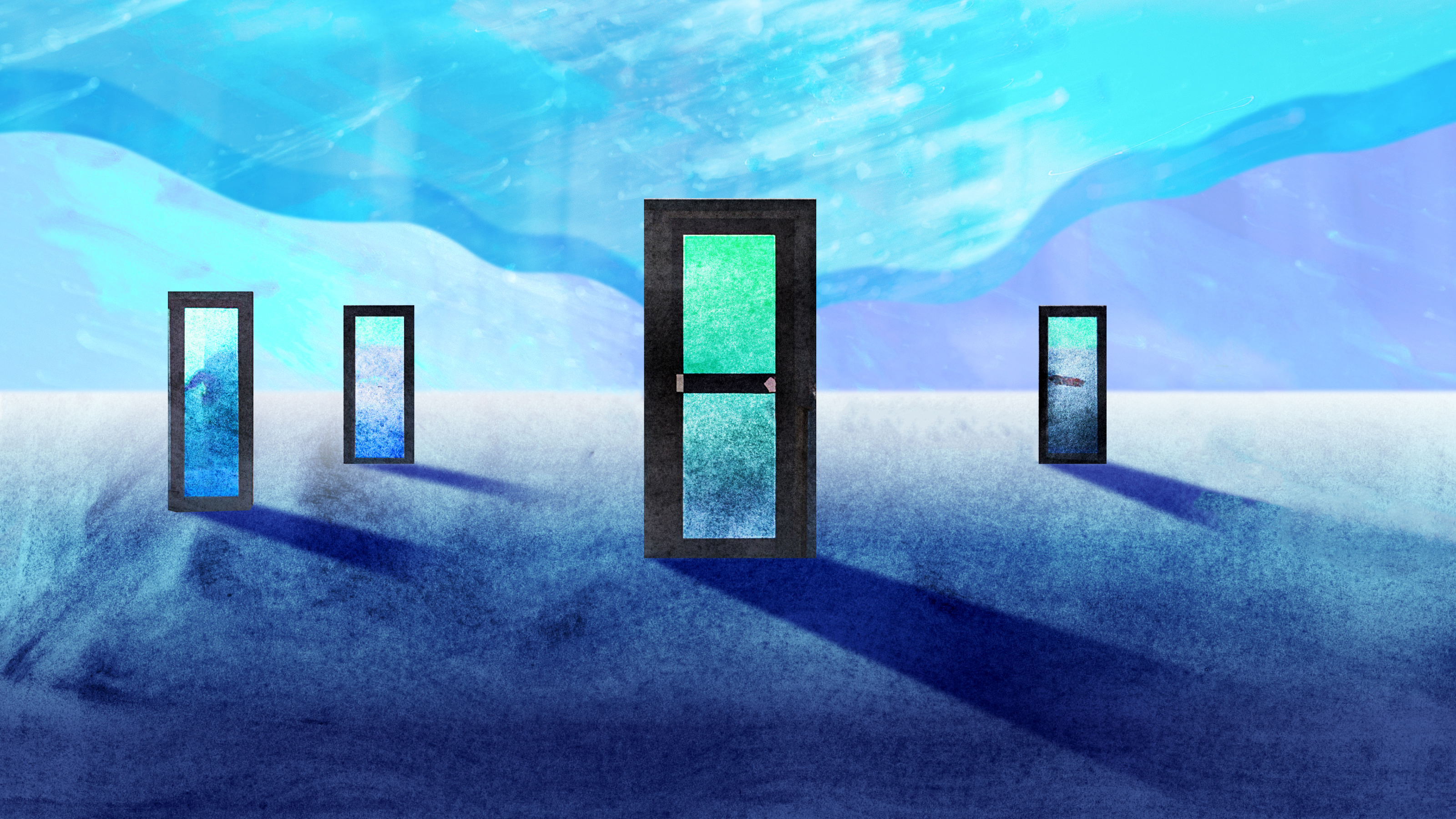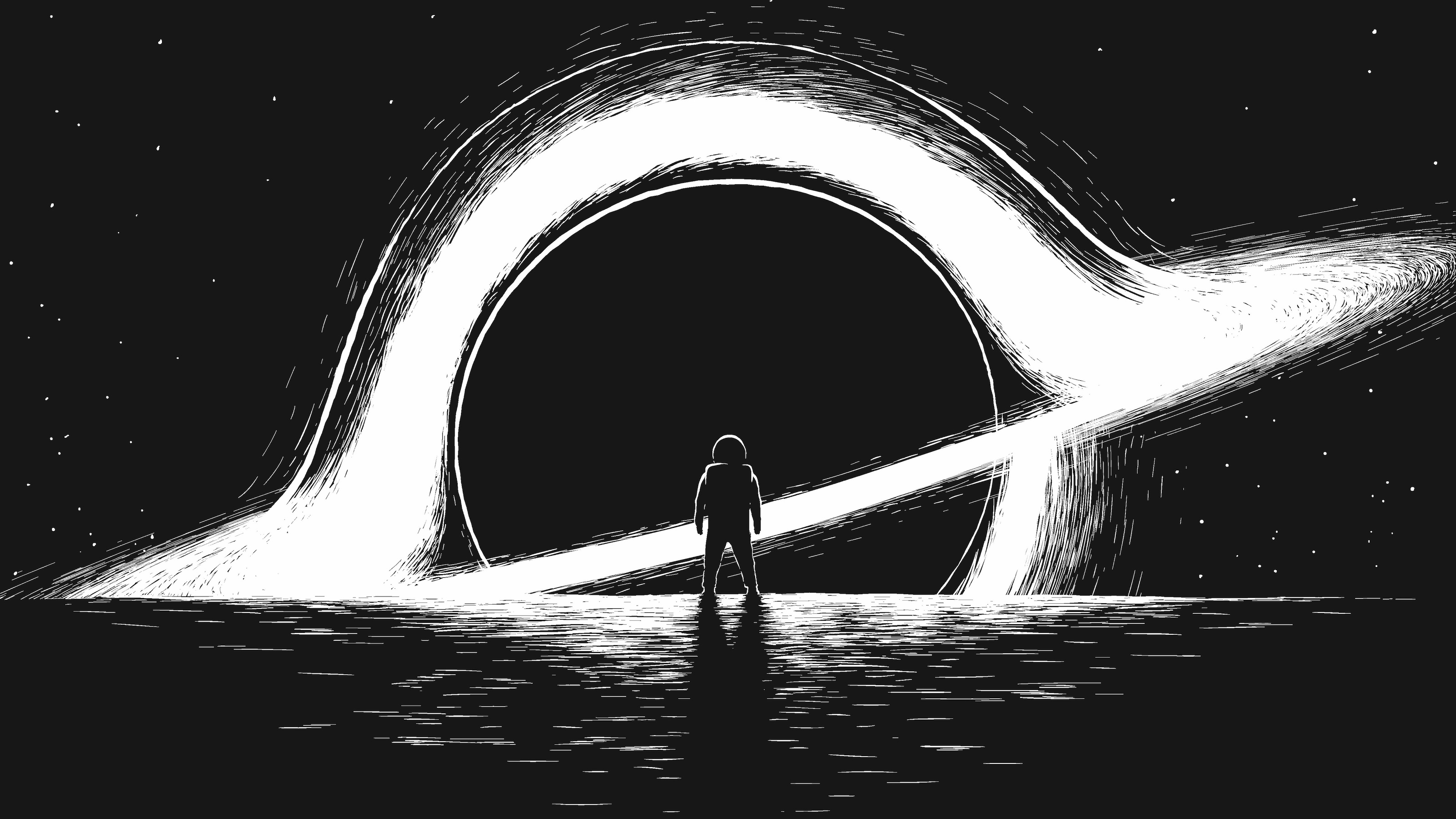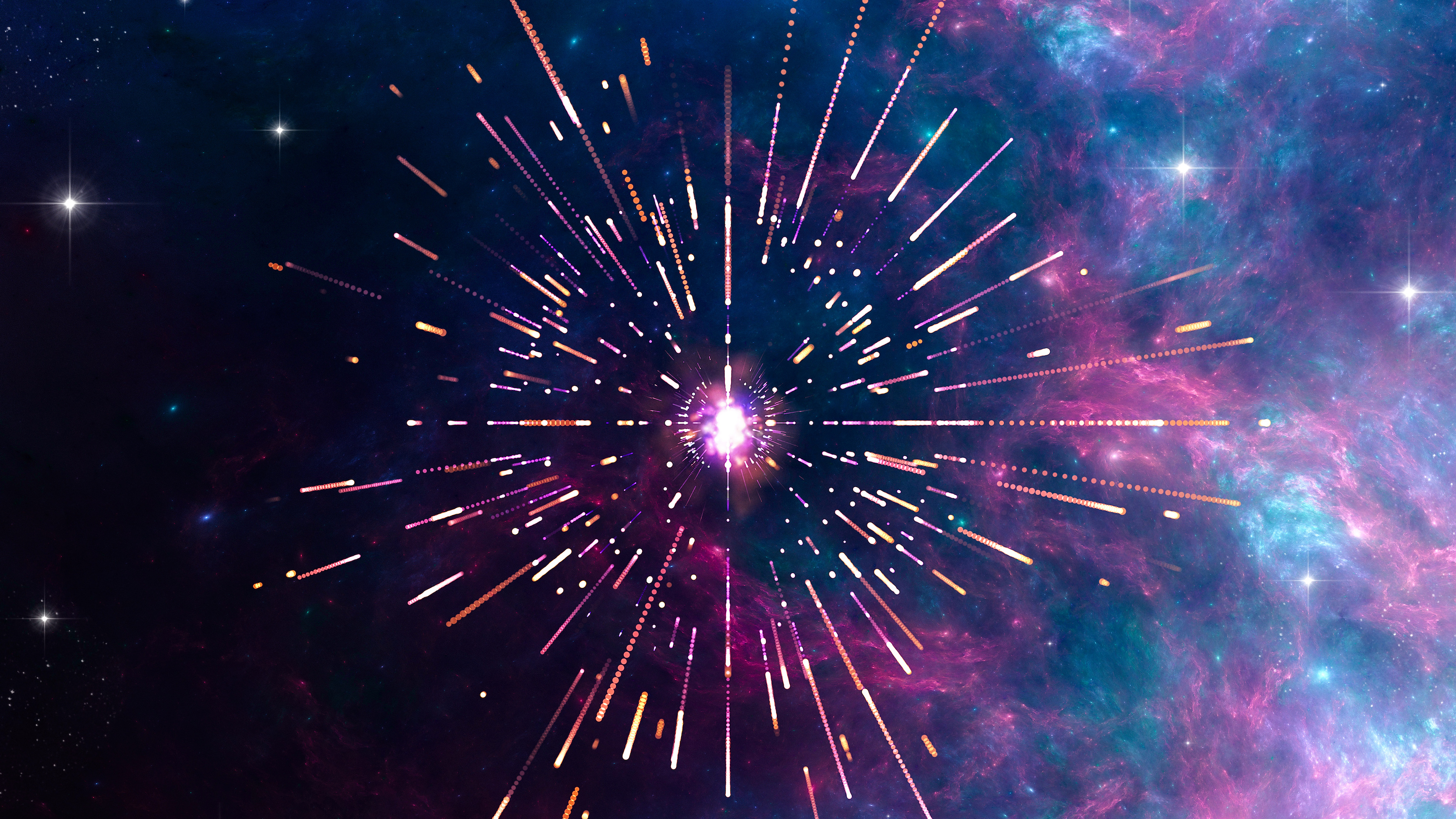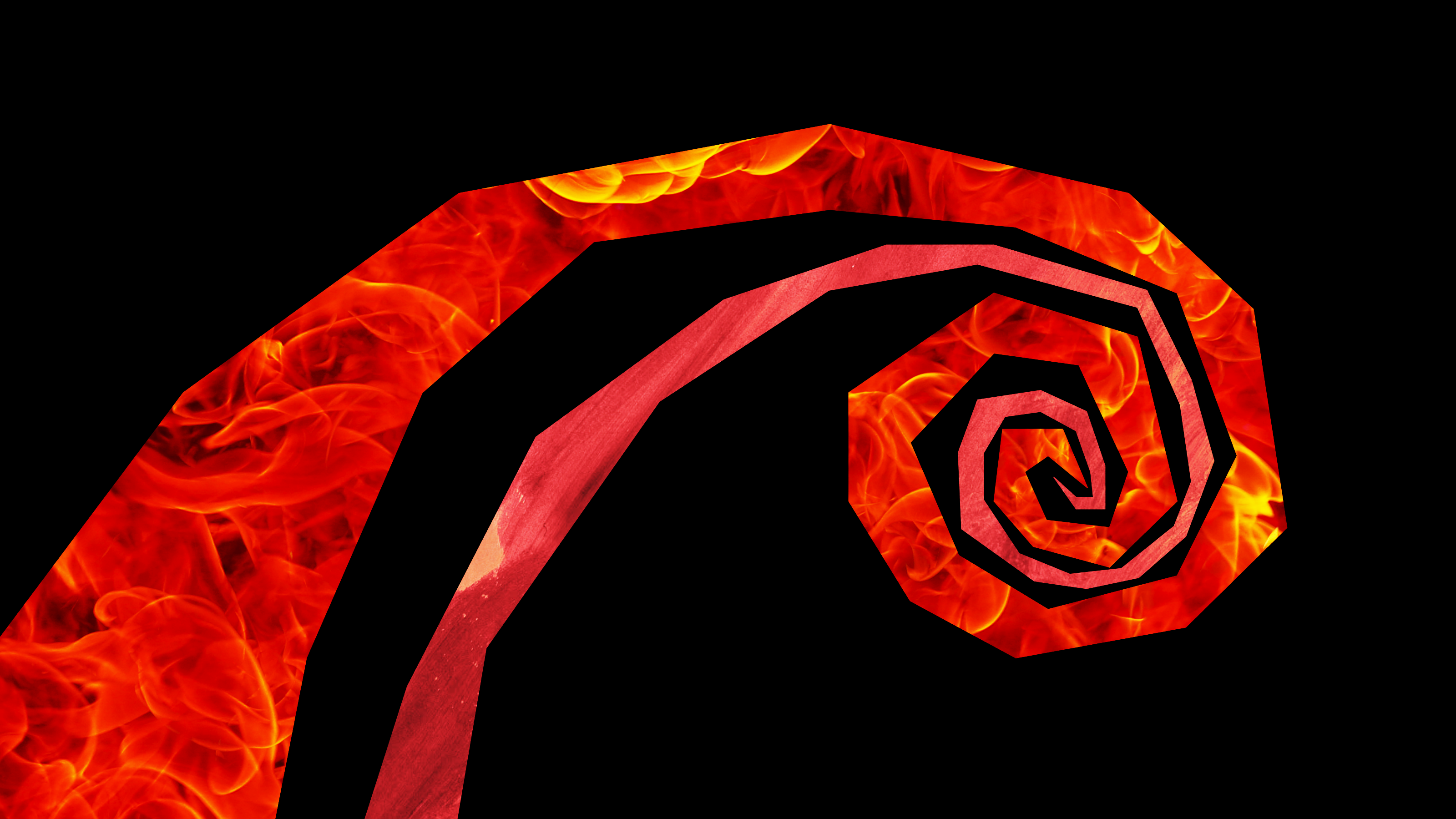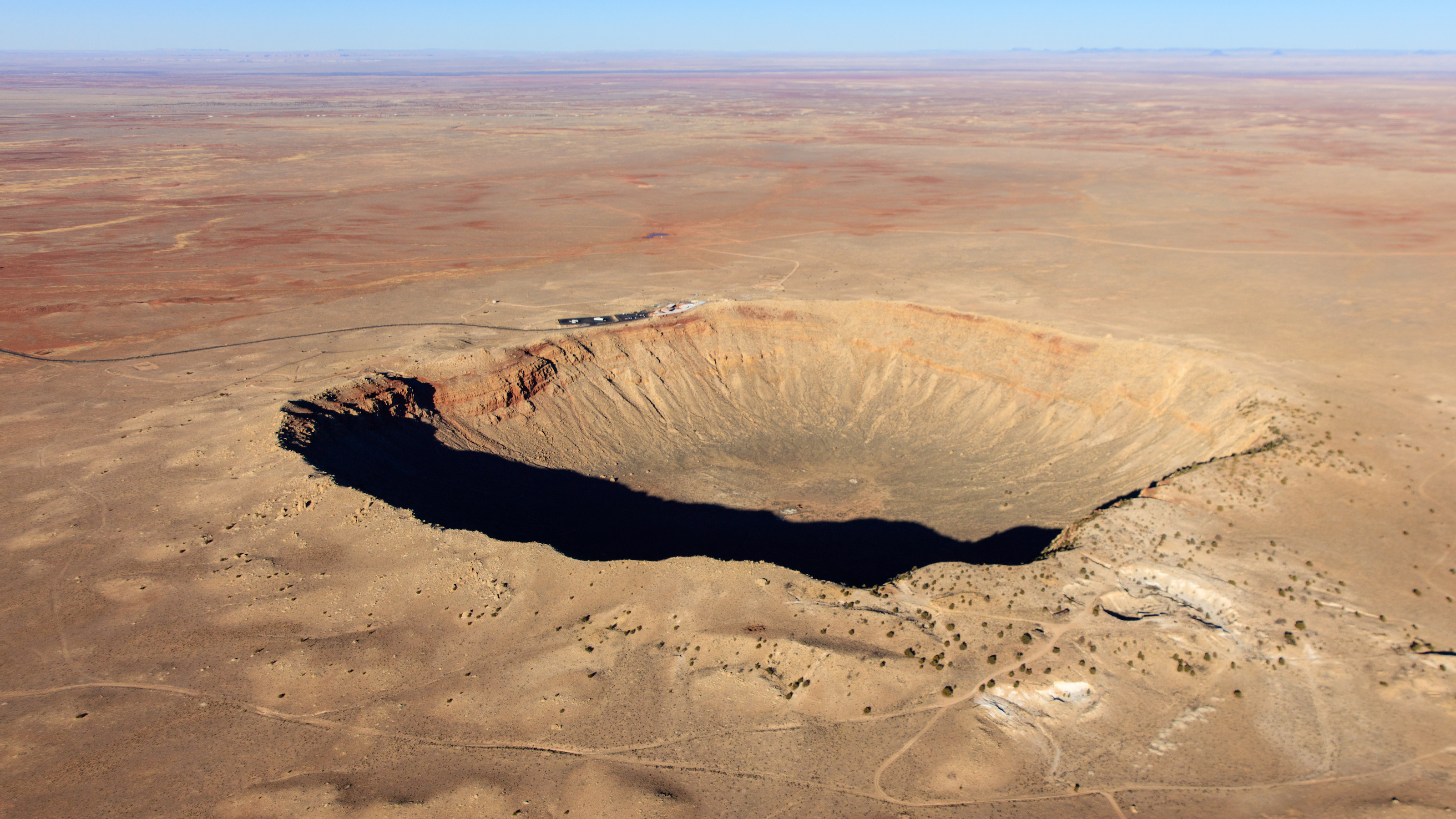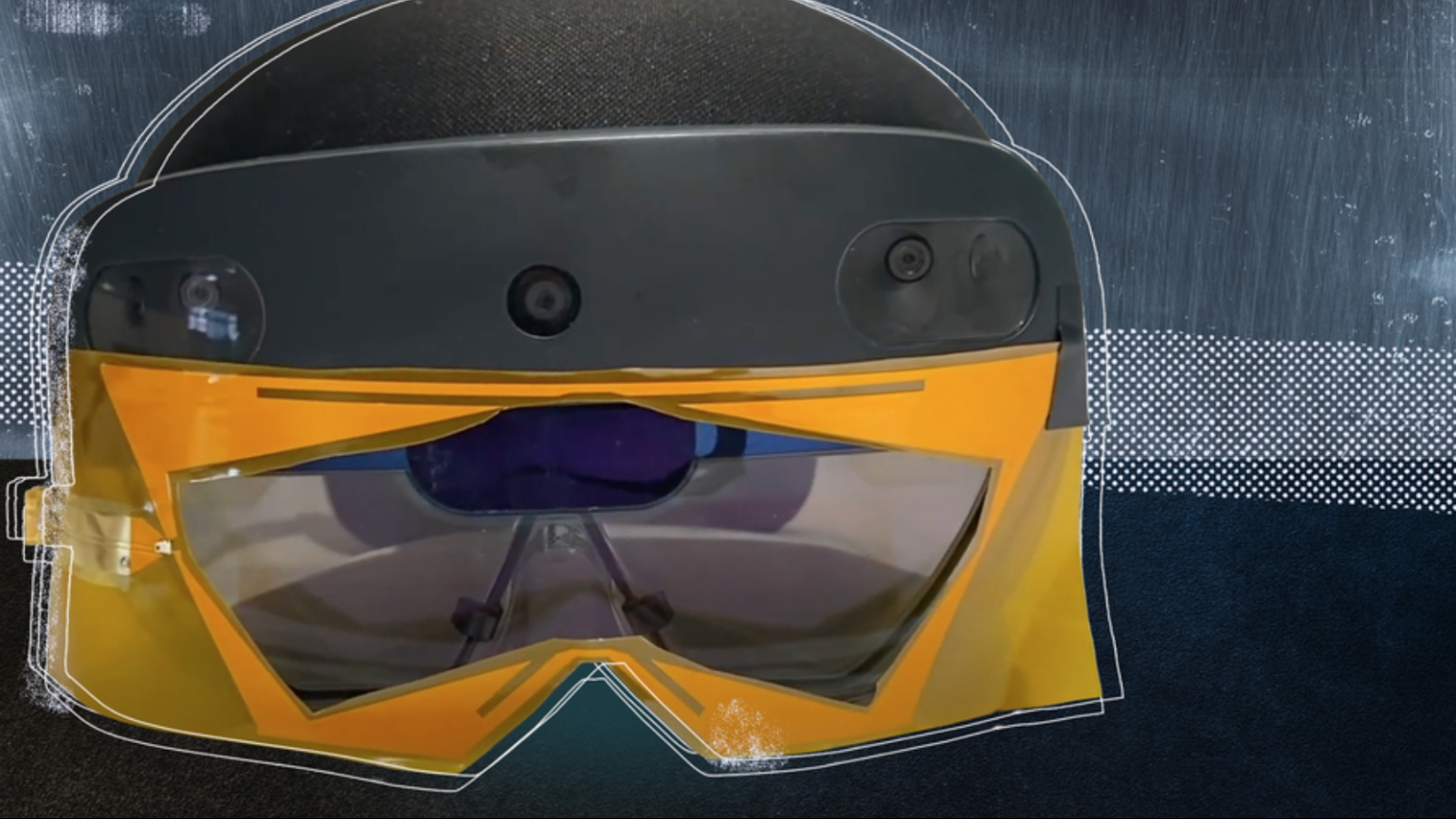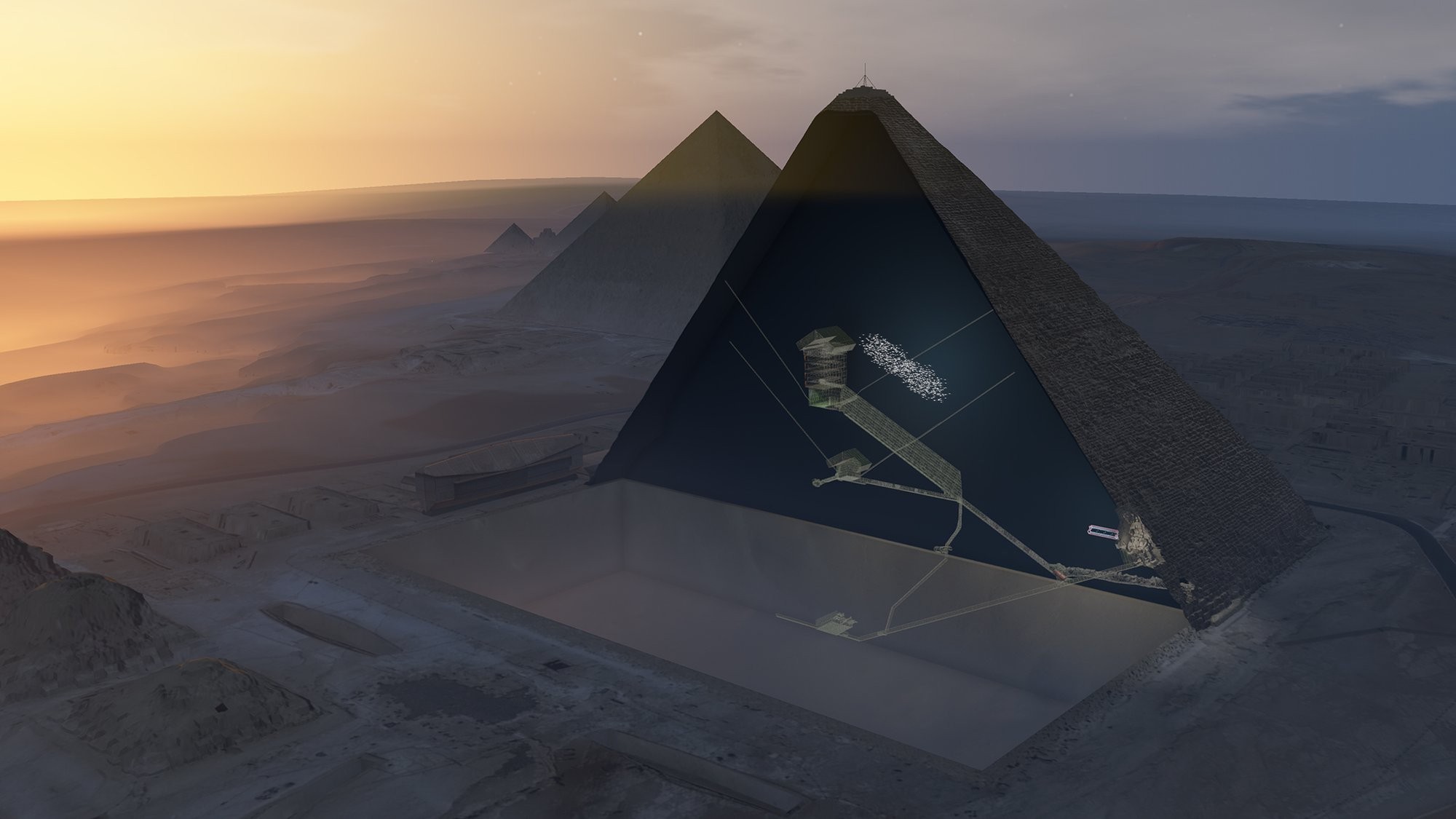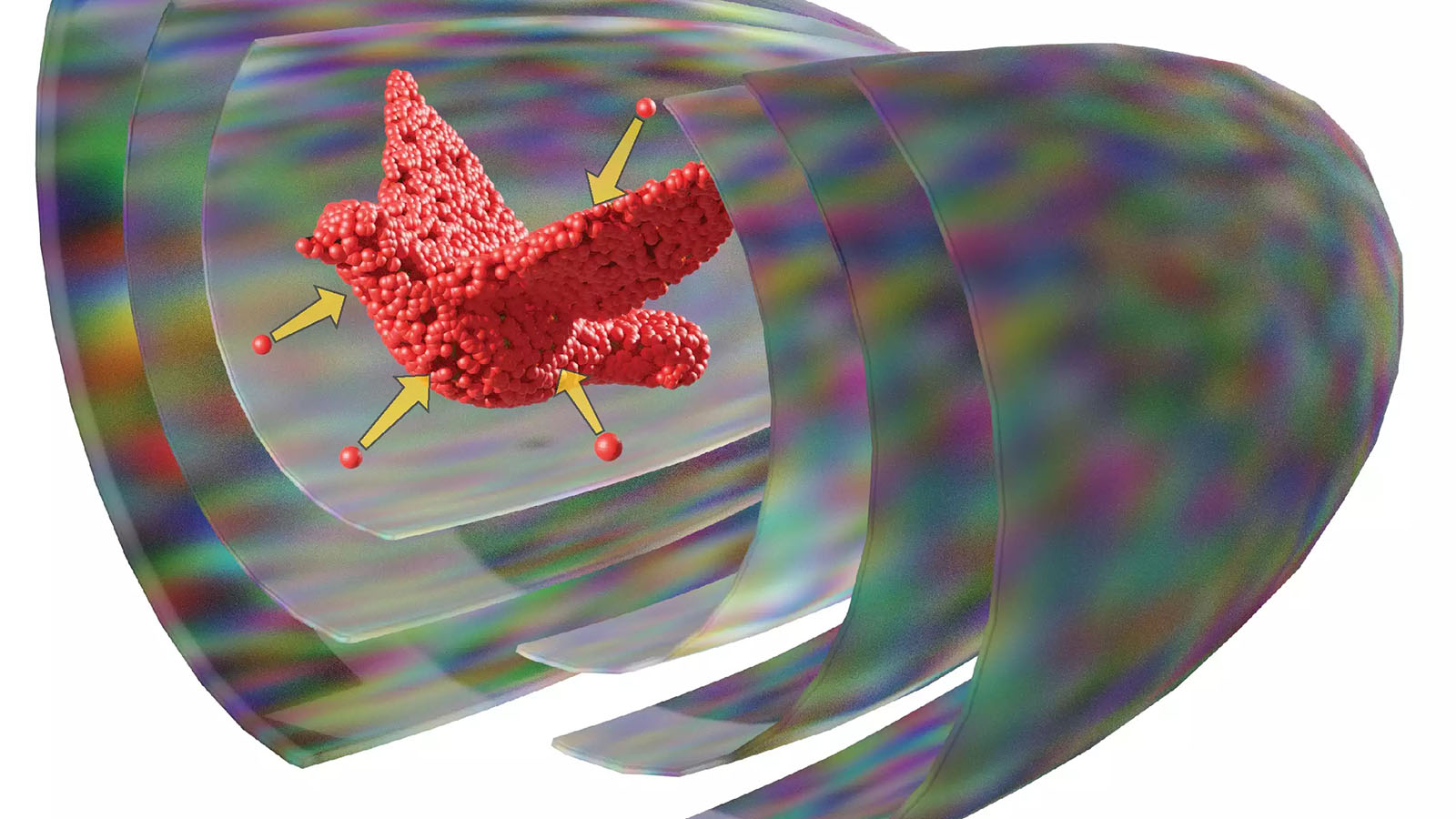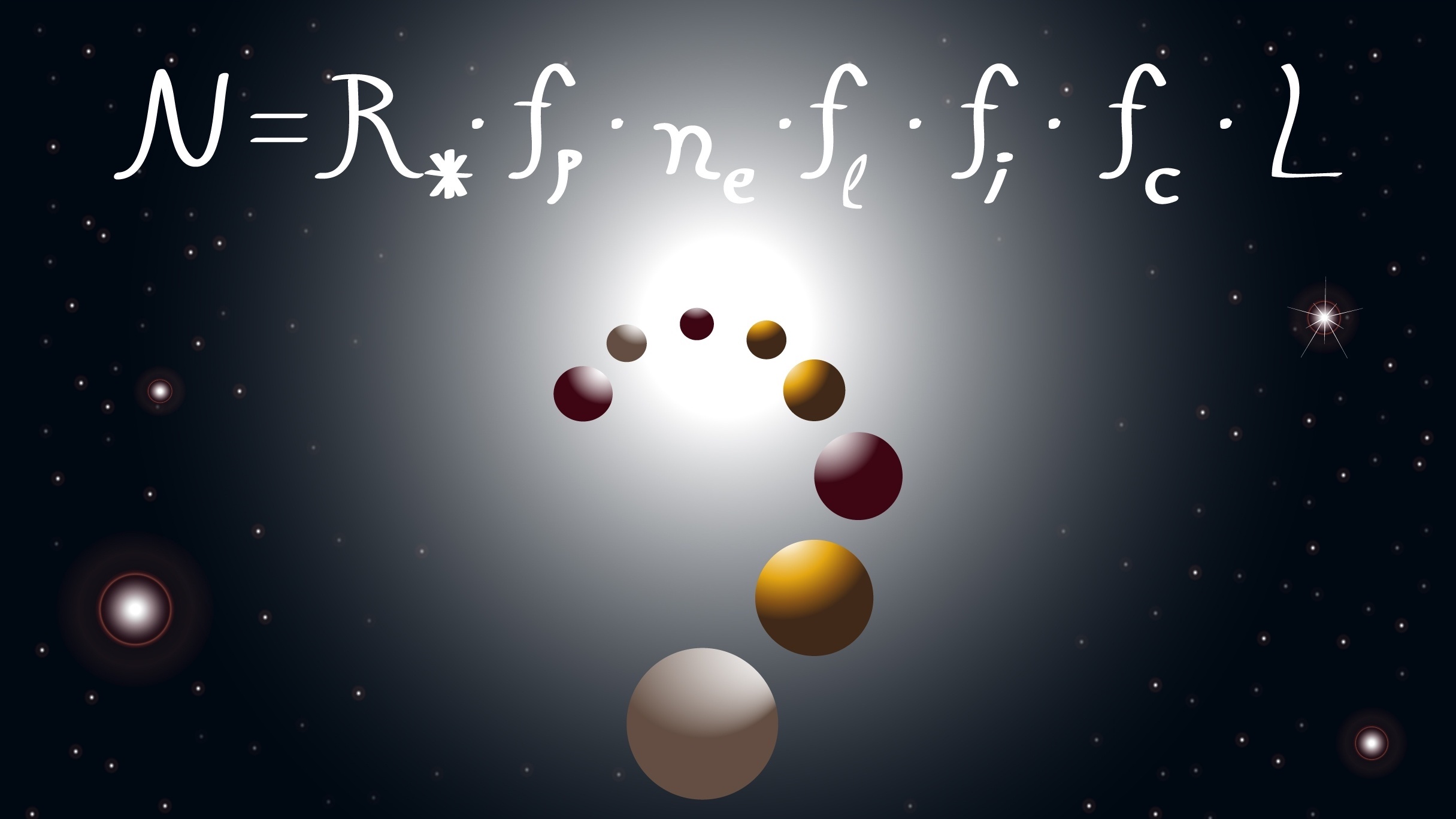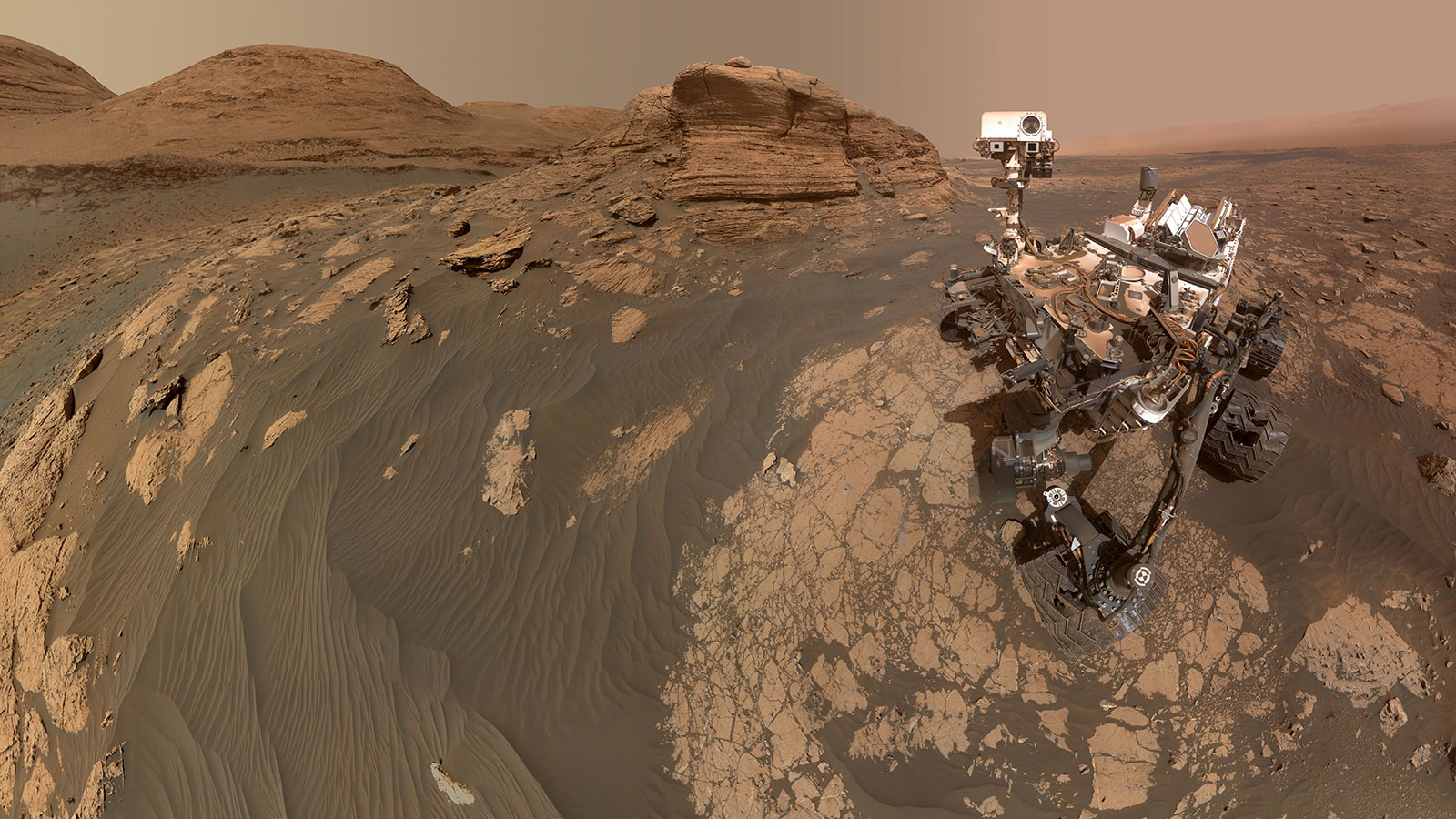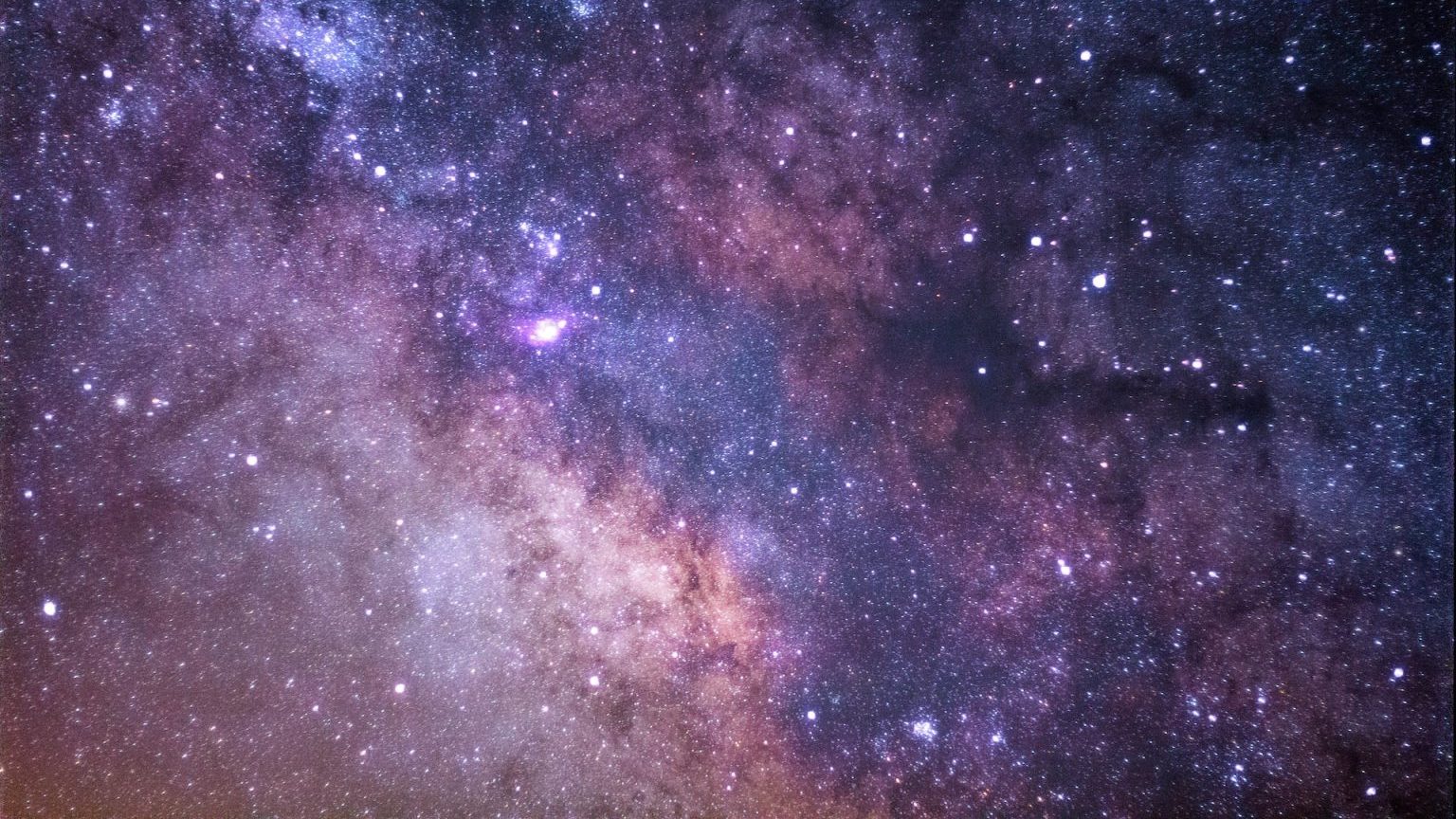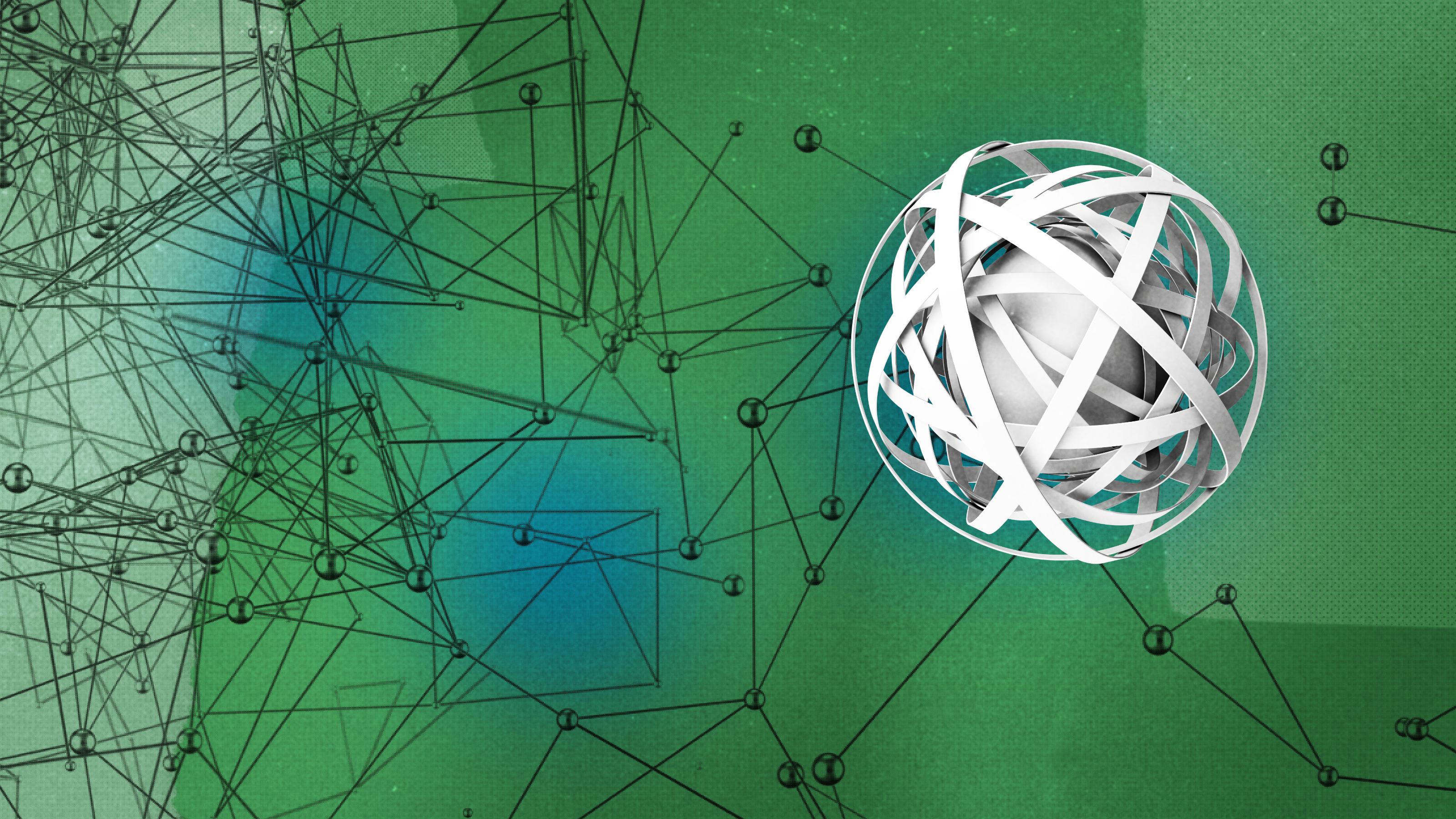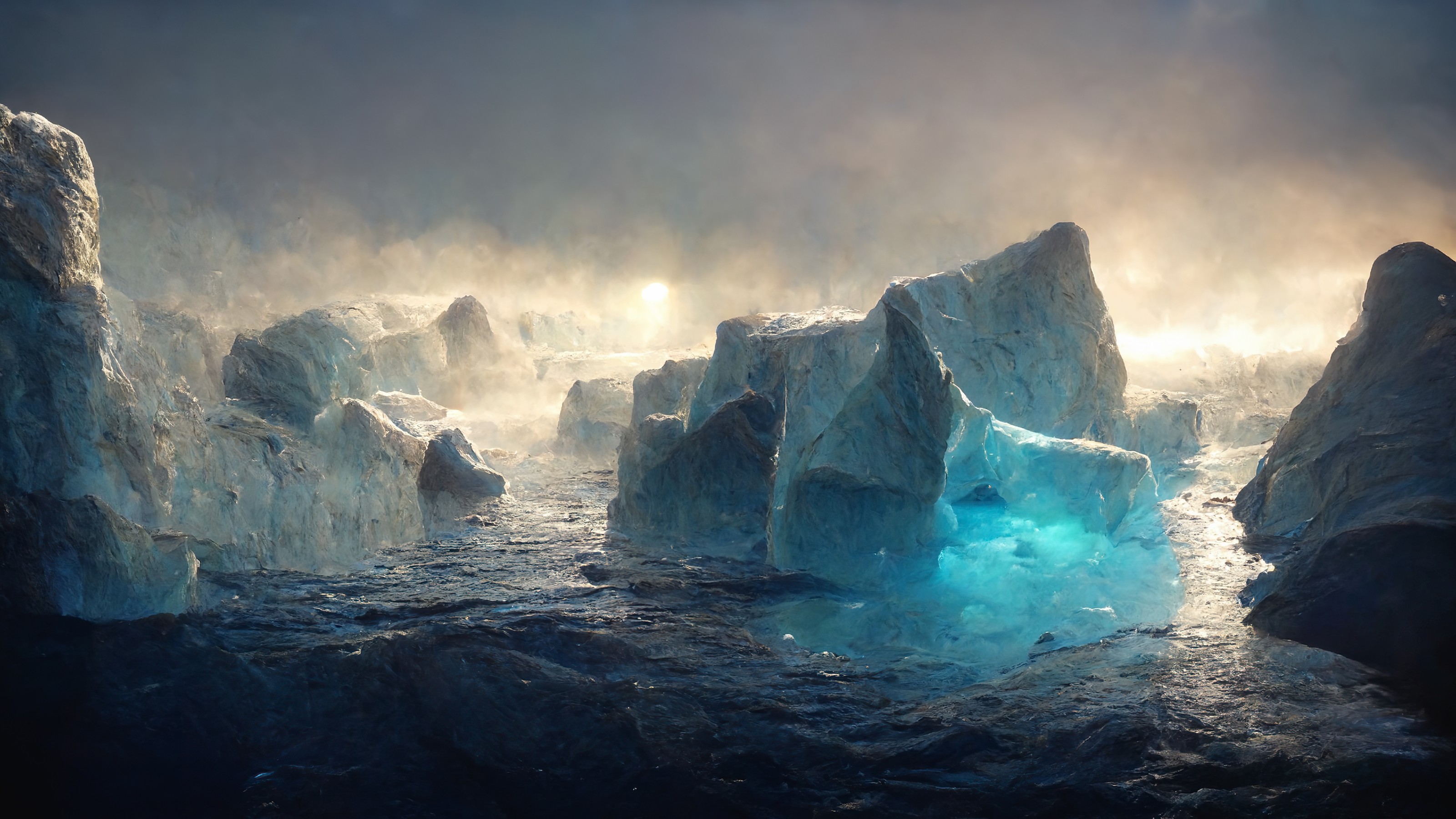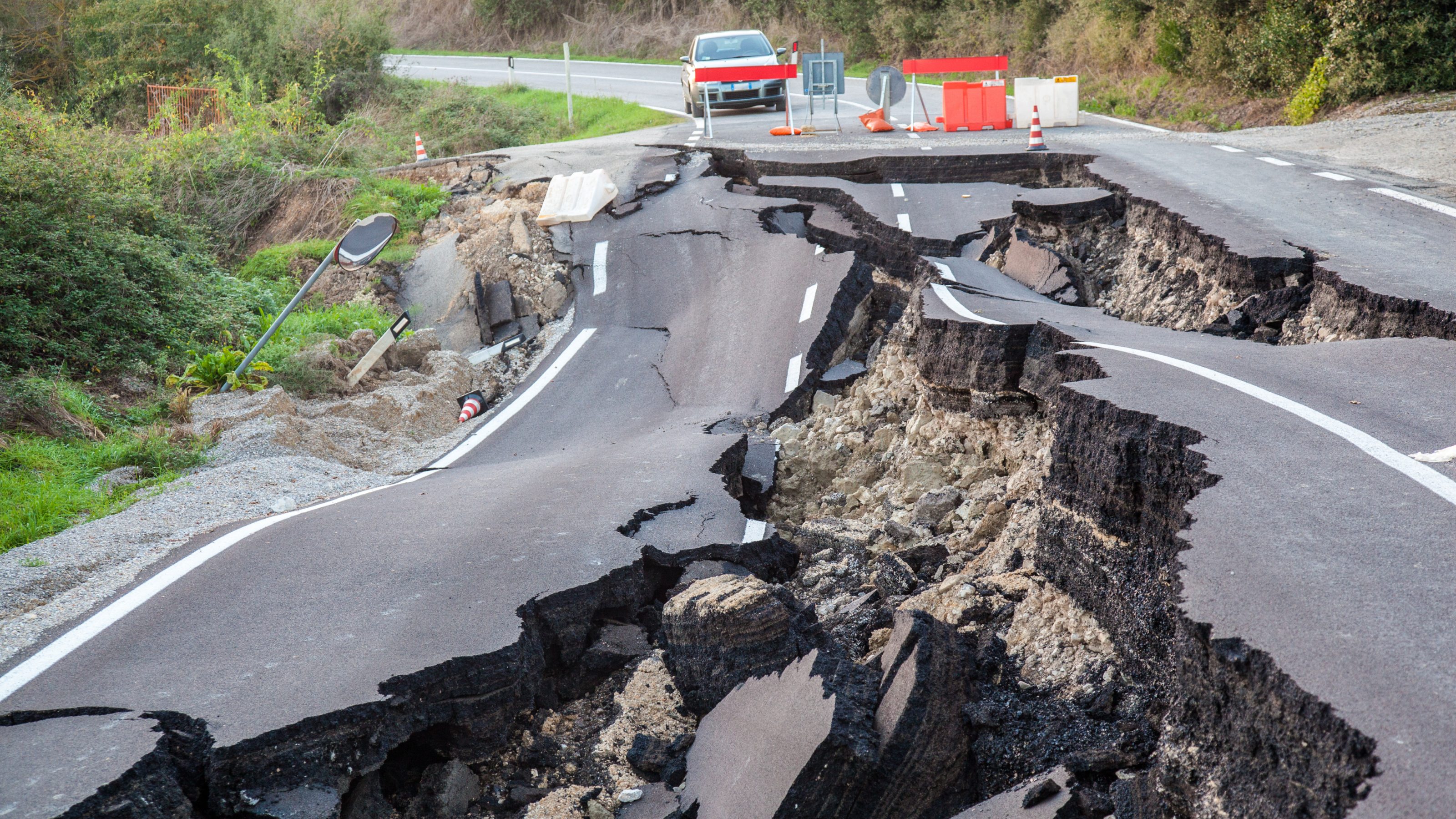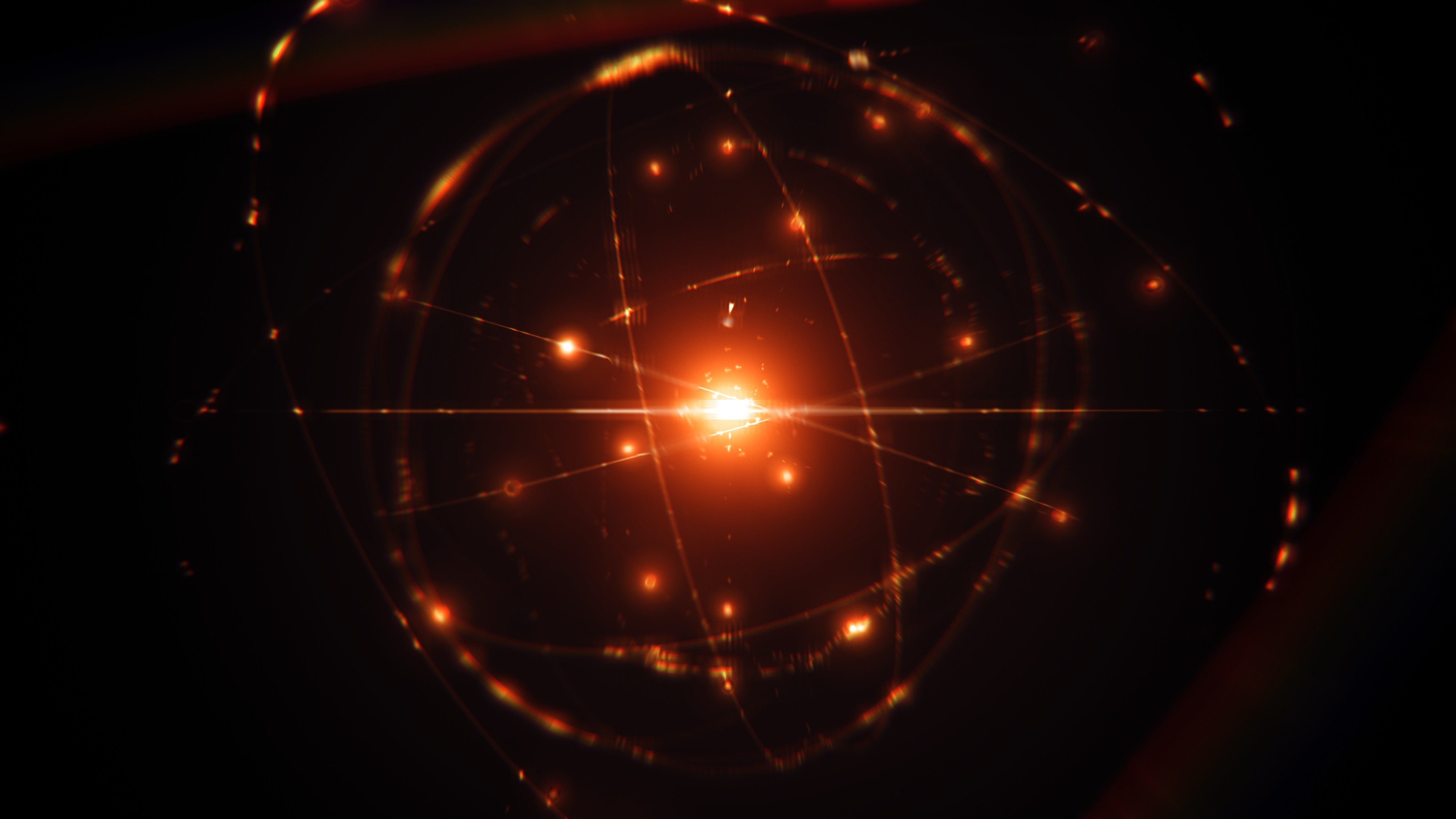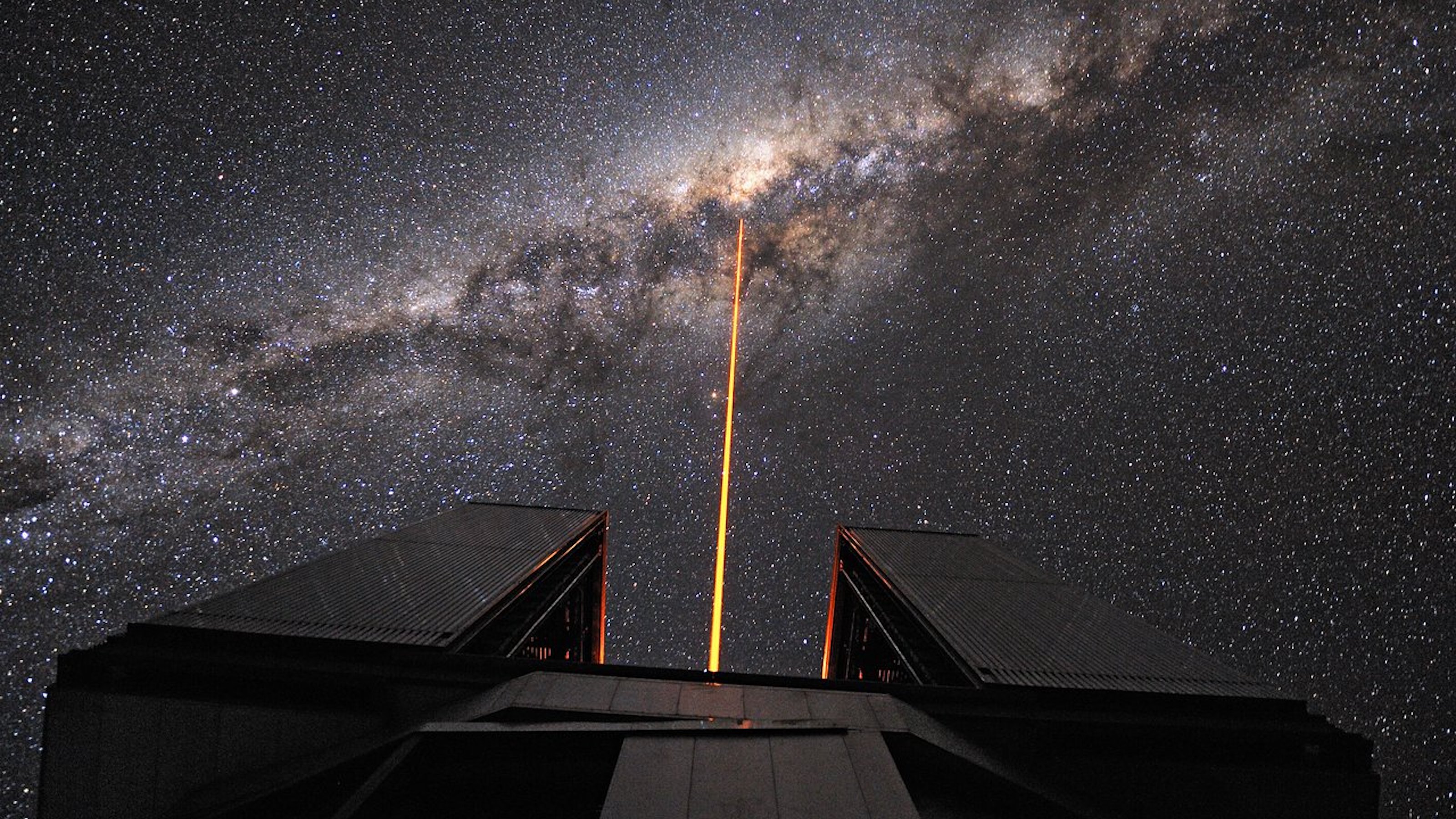Hard Science
All Stories
Though he renounced philosophy, Stephen Hawking’s final theory of the universe redraws the basic foundations of cosmology.
Frozen adversity set the stage for an explosion of diversity.
Stars orbiting black holes were observed to move significantly slower than expected. One explanation centers on dark matter.
Finding this missing piece of water’s path through the universe offers clues to how it came to be on Earth.
The multiverse is an idea that has gained a lot of traction in popular culture. But what does science have to say about it?
Beer’s flavor begins to change as soon as it is packaged. Are cans or bottles better at preserving flavor?
Time gets a little strange as you approach the speed of light.
That scary swirling void from which nothing can escape is our perfect universal translation tool.
Explanations for the cosmic speed limit often conflate mass with inertia.
We are about to learn a lot more about the most elusive of cosmic particles.
2023 is an exciting time for the study of quark-gluon plasmas.
Everything everywhere all at once.
We bake pies for Pi Day, so why not celebrate other mathematical achievements.
Many impact craters on Earth have been erased thanks to wind, water, and plate tectonics. But scientists have clever ways to find them.
“It can truly allow you to see the physical world in ways that were not possible before.”
Some scientists think brain organoids could develop a form of consciousness. Others say that’s science fiction.
A non-invasive method for looking inside structures is solving mysteries about the ancient pyramid.
Using shaped ultrasound, researchers can 3D print objects in one shot.
The Fermi paradox (along with the subsequent Drake equation) is so difficult that even brilliant thinkers can make little dent in it.
Some of them have survived the wilds of space for billions of years.
We may have discovered alien life already but rejected the evidence too quickly because it seemed false at first glance.
When you combine the Uncertainty Principle with Einstein’s famous equation, you get a mind-blowing result: Particles can come from nothing.
From the Big Bang to dark energy, knowledge of the cosmos has sped up in the past century — but big questions linger.
Recent measurements of subatomic particles don’t match predictions stemming from the Standard Model.
Some microbes can withstand Earth’s most inhospitable corners, hinting that life may be able to survive similarly extreme conditions on other worlds.
The solution involves the infamous Navier-Stokes equations, which are so difficult, there is a $1-million prize for solving them.
What do you call it when the Earth shakes for three decades?
A Fermilab study confirms decades-old measurements regarding the size and structure of protons.
Air currents in our atmosphere limit the resolving power of giant telescopes, but computers and artificial stars can sharpen the blur.
